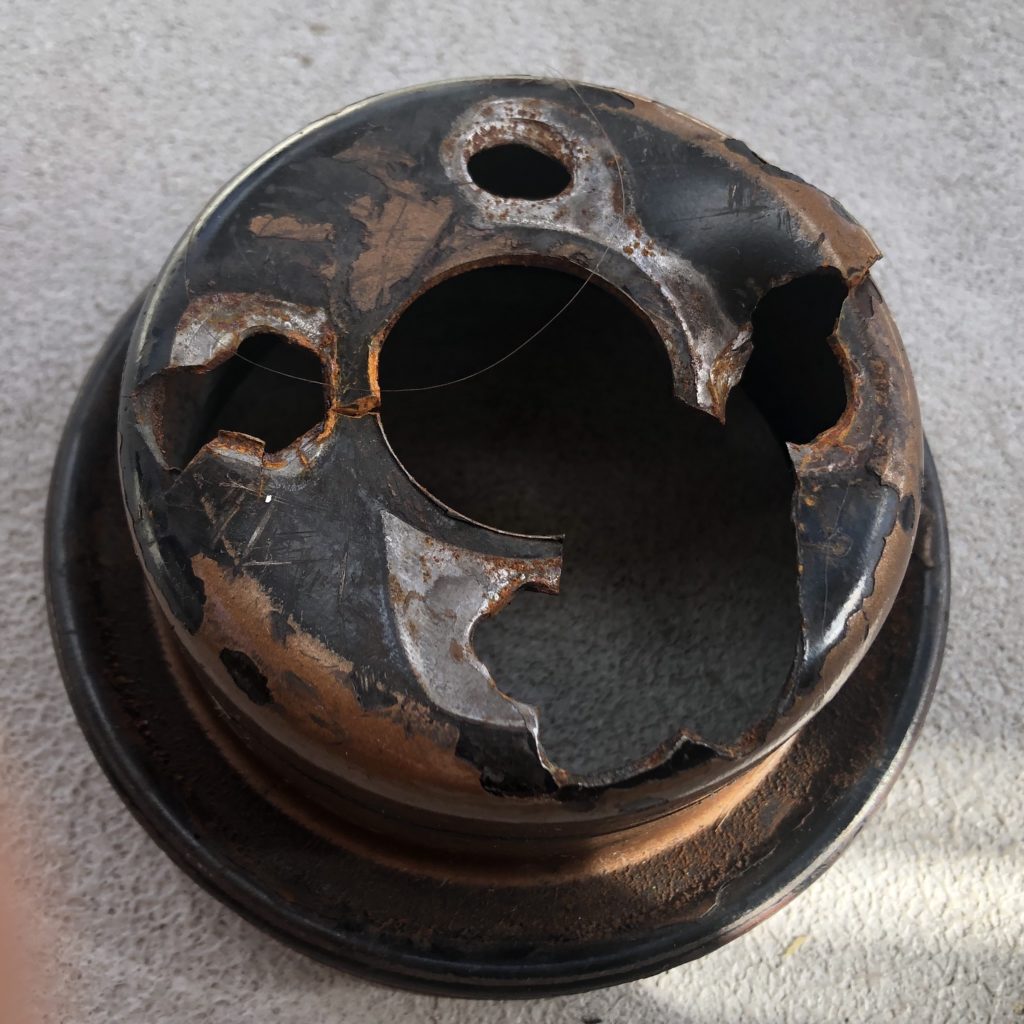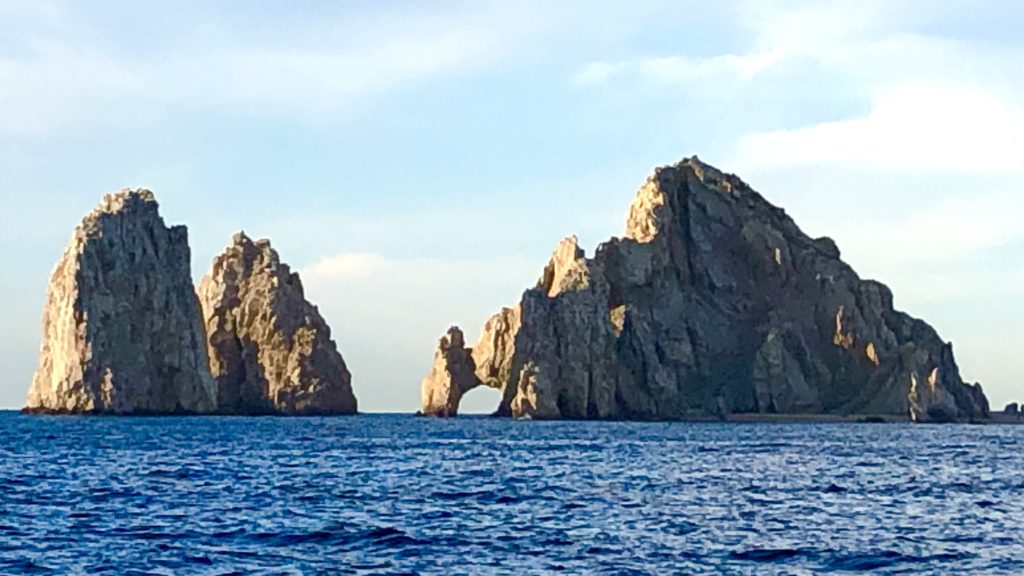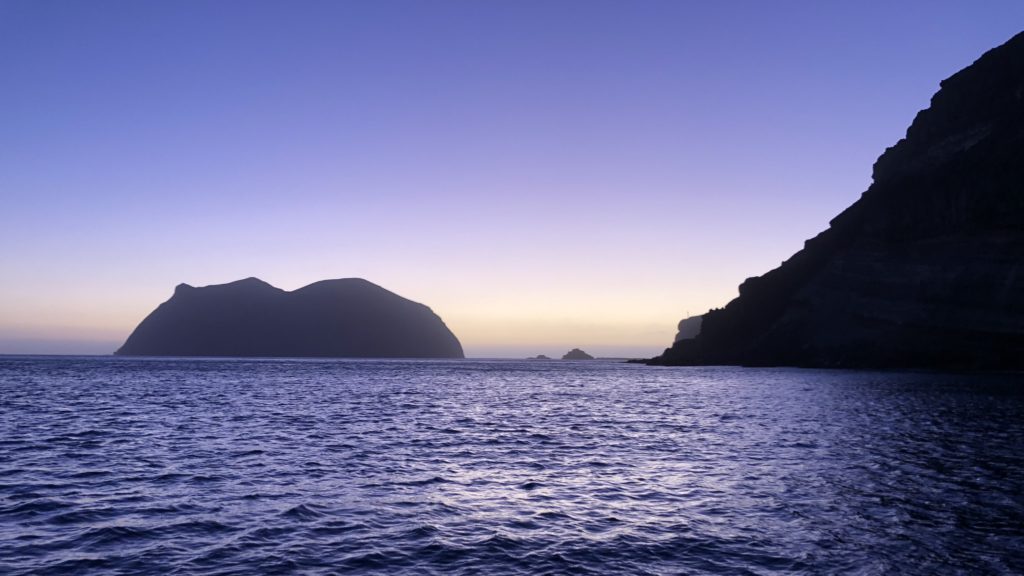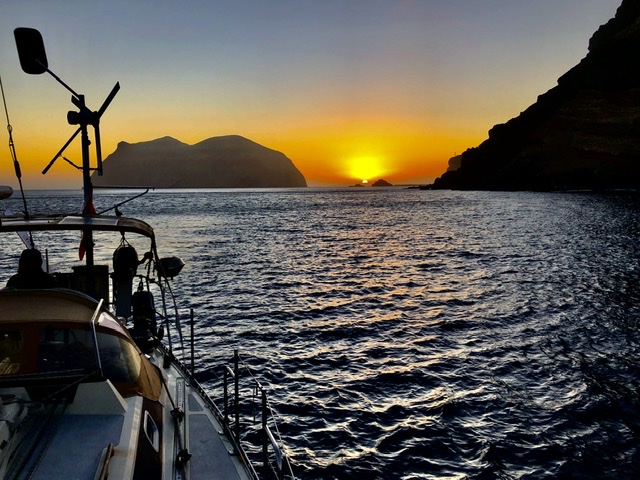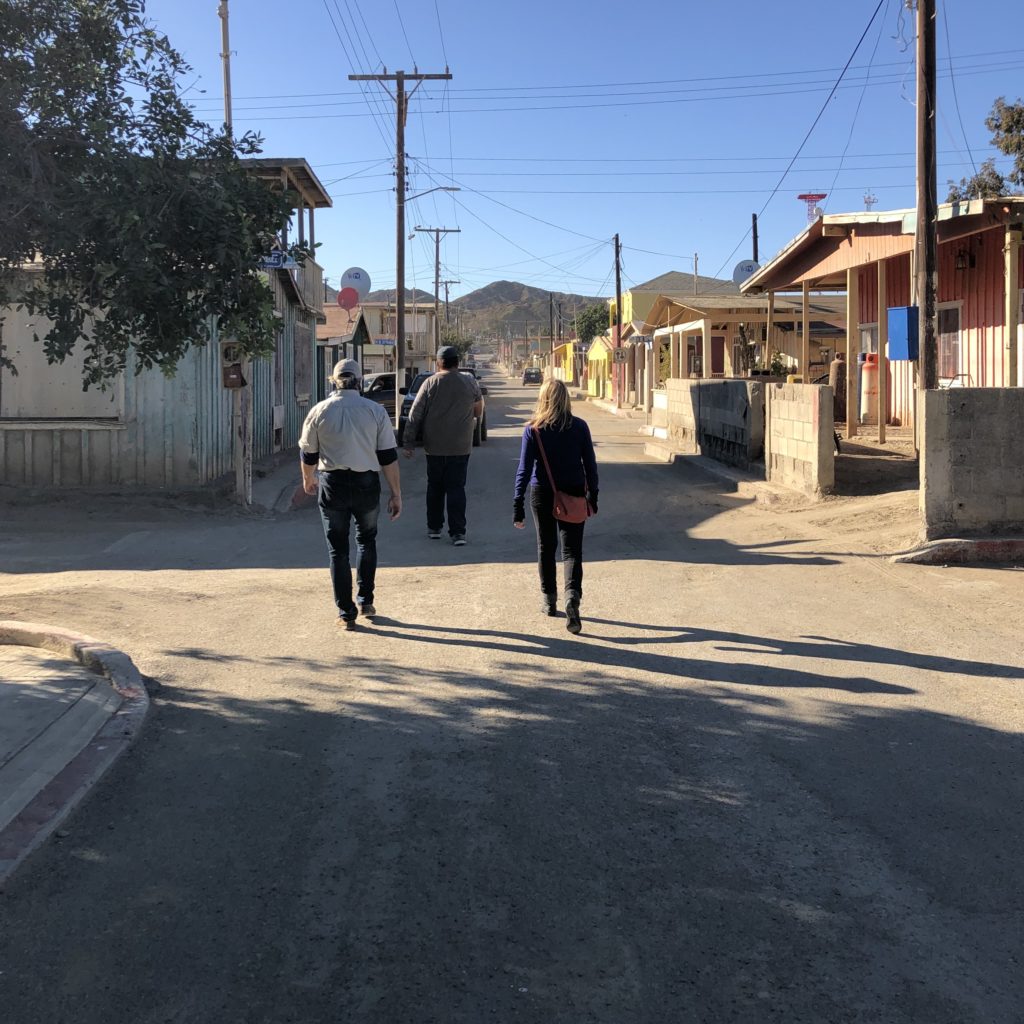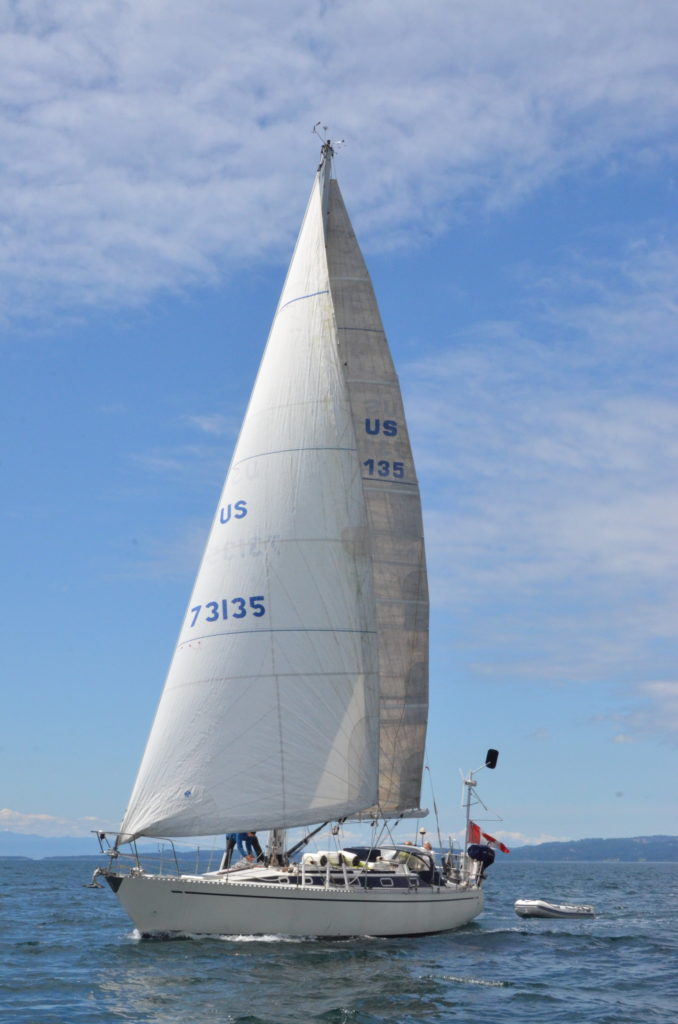February 8, 2020
Barbara wrote some notes she had written during the last few days, as we were cooling our heels here in Cabo with engine issues
“We had quite an adventure coming down the coast from San Diego with our friend Gerry Weisgerber. We have dragged a line with a big fishing lure behind us most of the way, but thus far, no fish have been hurt in the process.
Ensenada was our first VERY bureaucratic stop in Mexico where we had to do our endless paperwork and pay too much money to bring the boat into the country! We paid a guy $60 to help us navigate through it – he was worth it?
On leaving very forgettable, dusty Ensenada, we decided to sail out 180 nautical miles 330k!) into the Pacific to a barren and essentially deserted ecological reserve called Isla de Gaudelupe. (It was Gerry’s birthday and that’s what he wanted to do…!)
We were mesmerized by the progressively warmer air and bluer water, and the porpoises that joyfully swam alongside and in front of us.
That took a day and a half, getting in at sunset with no obvious place to anchor and gusty winds, but we finally put it down before dark. It being a birthday, we whipped up a great meal and spent the night listening to the sounds of elephant seals echoing off the high volcanic rock cliffs around us, although we never saw them.
Three men in an open boat surprised us in the morning, wanting to know why we were there as it is forbidden to land – a tiny population – and suggesting we up anchor! Which we did, but by that point, our windlass ( the electronics which that brings up the chain and anchor, had decided to break down, so Gerry got a work out.
But we were glad we came -it felt as remote and barren and beautiful as the Arctic. Albatross nested high above us on one of the outer islands – very impressive.
Apparently people will go Isla de Gaudelupe to dive in shark cages to see the great white up close and personal – on my top ten list of things NOT to do! And we didn’t see any – but lots of porpoises playing with us! “
